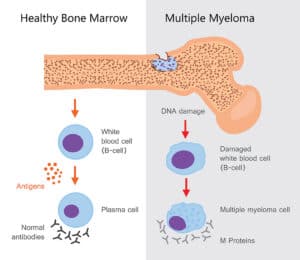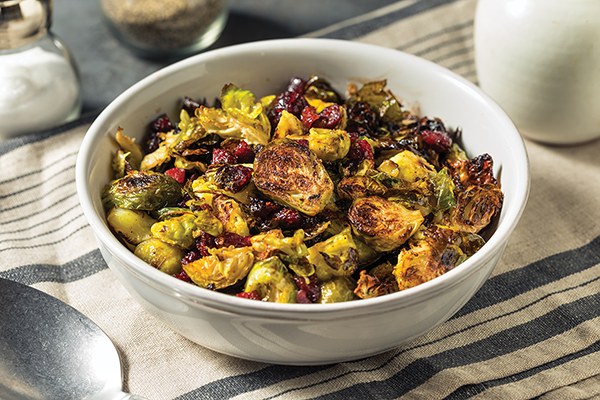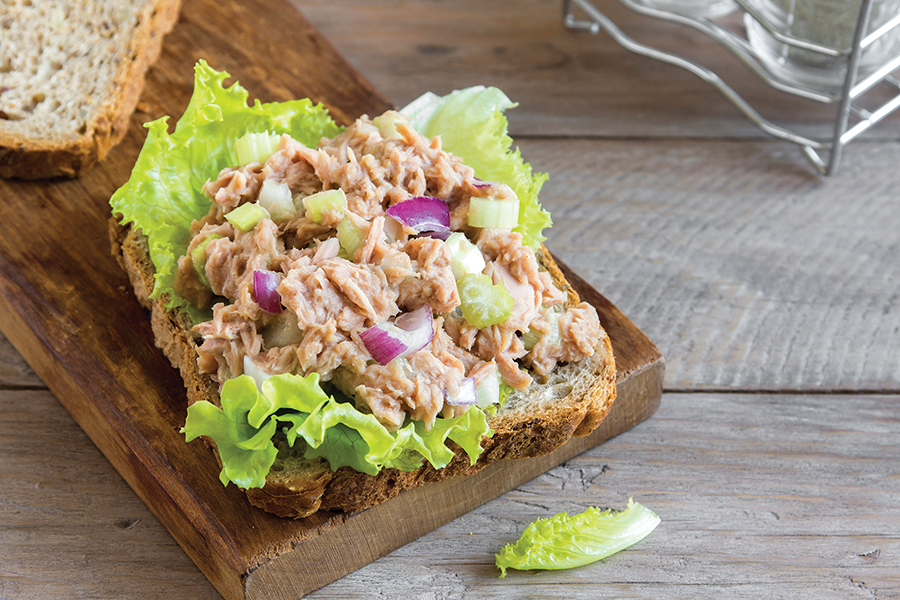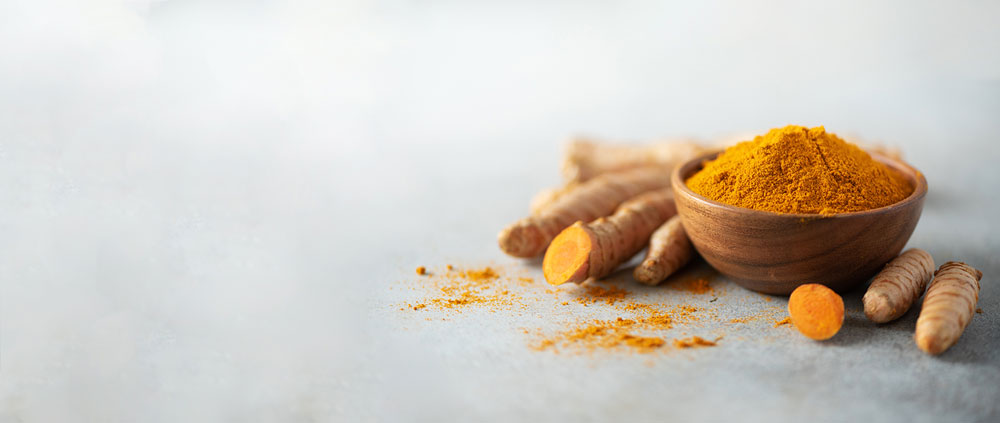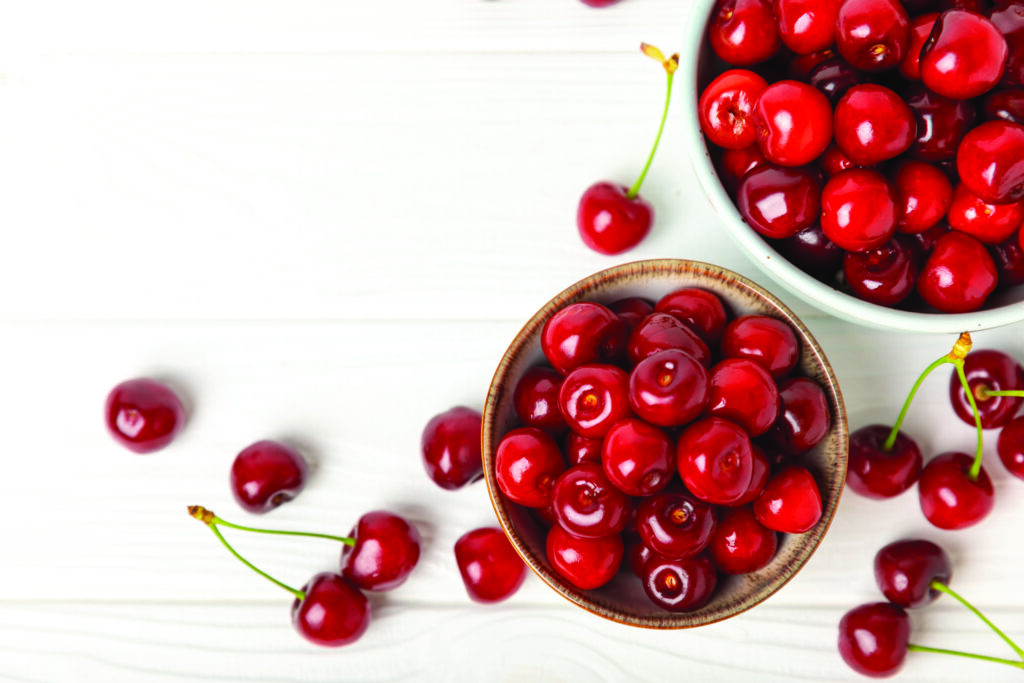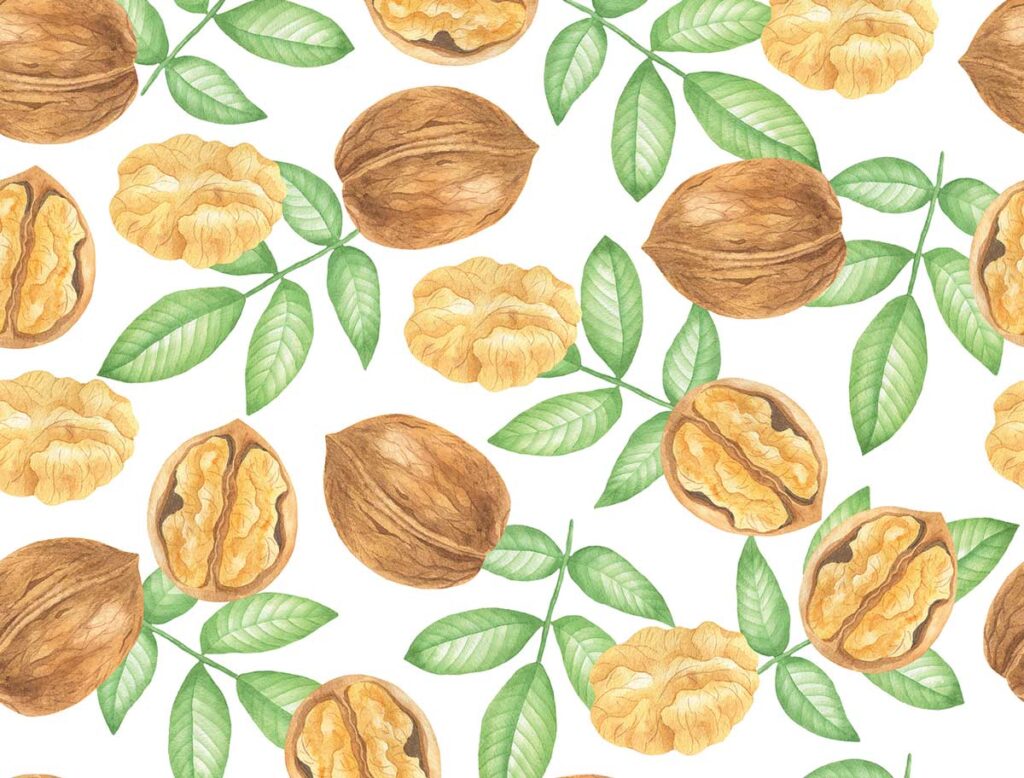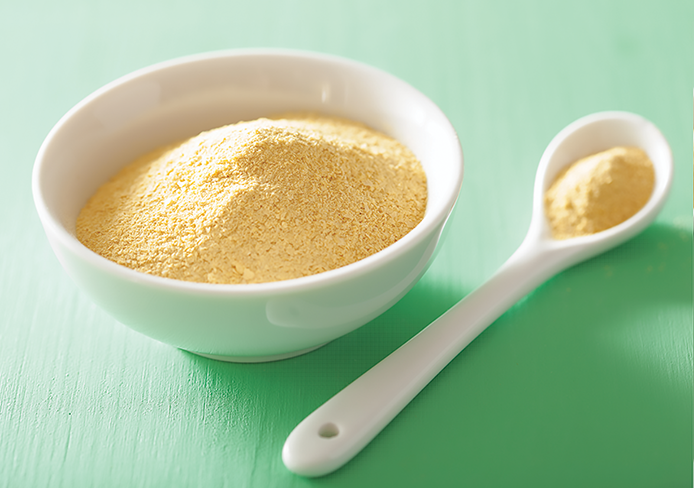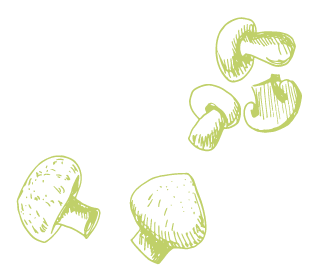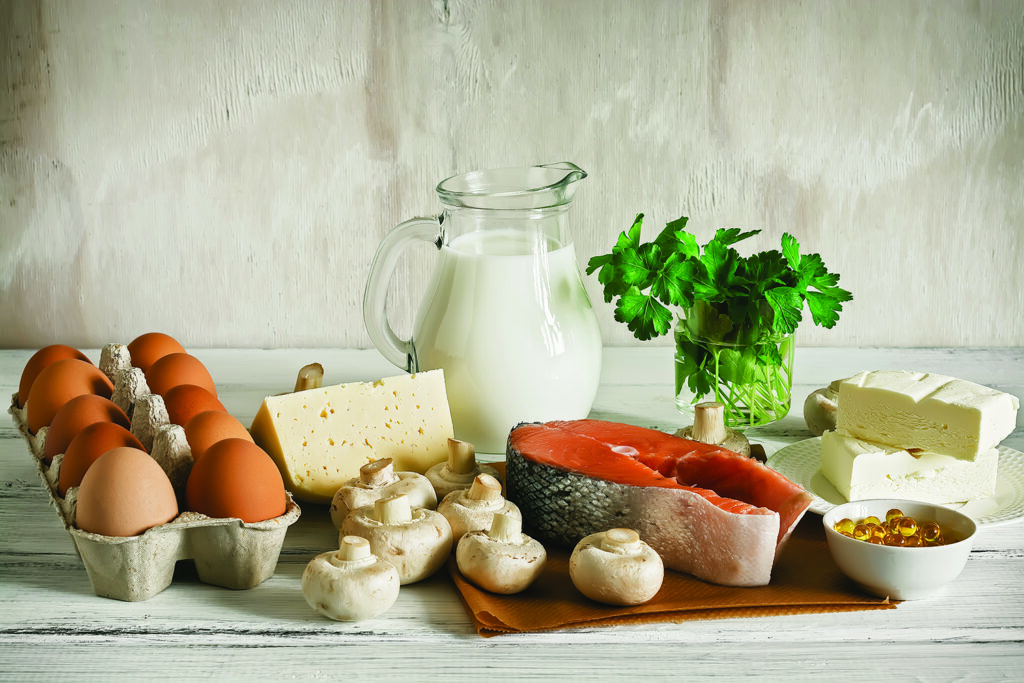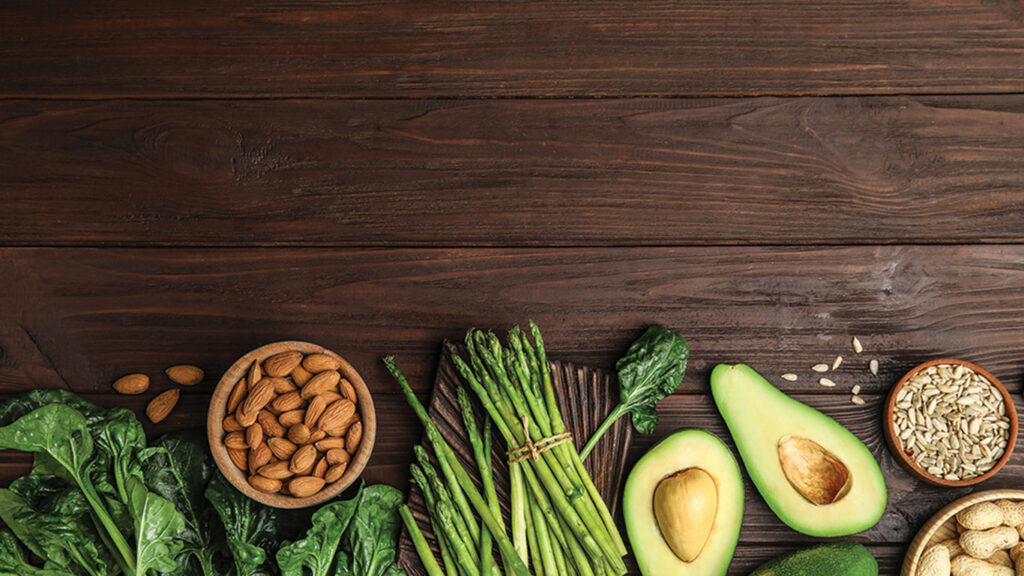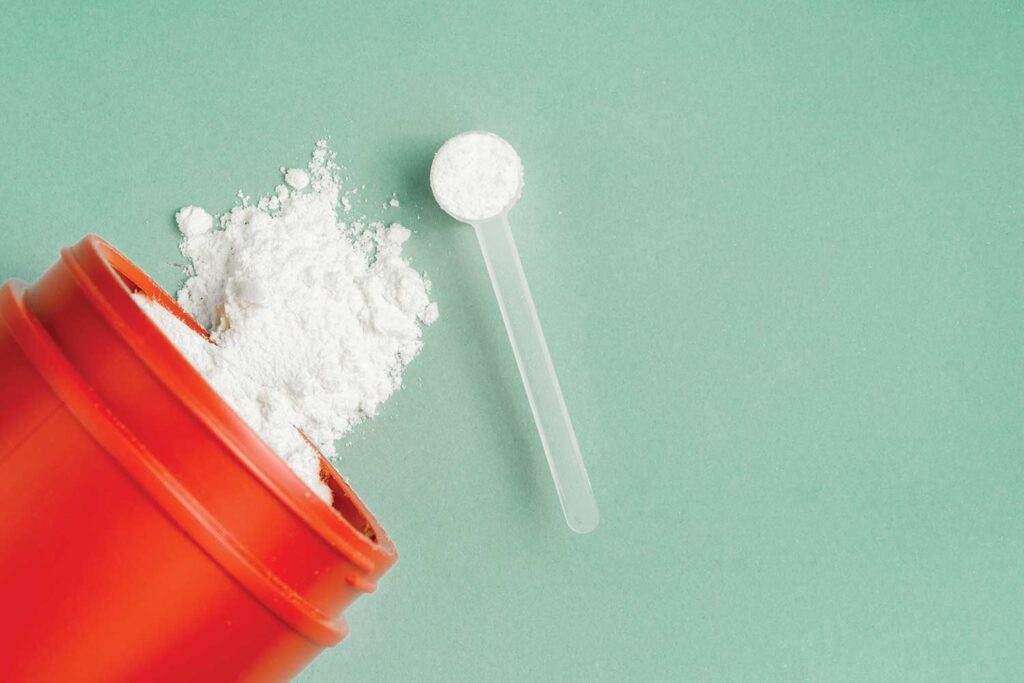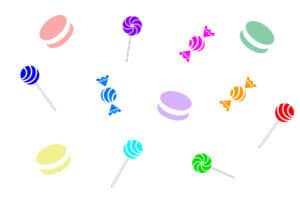
Natural Versus Artificial Food Dyes
By Sarabeth Lowe, MPH Ms. Lowe is a Communication Specialist at the University of Delaware Disaster Research Center. Although food dyes have been used since ancient times, they have long been a subject of controversy.1–4 Recently, they have entered the spotlight again, as the United States (US) Food and Drug Administration (FDA) begins to roll out a timeline and plan to help food manufacturers transition from artificial, or synthetic, dyes to natural alternatives.3,5–7 This spring, US Health Secretary, Robert F. Kennedy, Jr., brought this issue to the forefront of public health and the news media when he announced his plan to remove nine chemicals—all petroleum-based, synthetic food dyes—by the end of 2026.6–9 His efforts dovetail into a broader political, social, and industry movement toward less processed foods.6,9–15 In January 2025, the FDA announced its plan to remove Red No. 3 from food and ingested drugs more than three decades after the synthetic coloring was first found to cause cancer in male laboratory rats.11,16–18 At the same time, more than two dozen state legislatures are pushing to restrict the use of artificial dyes.6,19,20 This is a pervasive issue in public health and the food industry. According to a Wall Street Journal analysis of a federal database detailing food and beverage ingredients, more than one in 10 products contain at least one artificial dye.11 This topic has also spurred debate among researchers and experts over a relatively simple question: Are these color additives safer than natural ones? This article will provide a broad overview of food dyes, compare natural and artificial colorants, and explain the pros and cons of their use. Here is what you should know. What Are Food Dyes? Food dyes fall under the umbrella term “color additives,” which the FDA describes as substances that can impact the color of food, drugs, or cosmetics.21 In more general terms, food dyes are chemical substances developed to enhance the appearance of food by imparting artificial color.15 They are used for various reasons, including enhancing and brightening hues, correcting natural variations, and offsetting color loss due to environmental exposures.22 Food dyes are nearly integral to the US food system. The first synthetic organic dye was discovered in 1856, followed by decades of similar discoveries. These early dyes, which were used in foods, drugs, and cosmetics, were first produced from byproducts of coal processing.1–3,23,24 Many of those coloring agents were not safe and contained poisonous materials, such as lead, arsenic, and mercury. Eventually, the FDA’s 1938 Federal Food, Drug, and Cosmetic Act was enacted. Among other safety measures, this law requires the FDA to approve all color additives and new uses for listed color additives before they could be used in foods.21–24 These rigorous standards still exist today. When evaluating the safety of a substance and whether it should be approved, the FDA considers the:21 Composition and properties of the substance Amount that would typically be consumed Immediate and long-term health effects Availability of analytical methods for determining its purity and acceptable levels of impurities Artificial versus Natural Dyes Research shows that the color of foods plays a significant role in how consumers select them.1,3,25–28 There is also a significant link between color and taste.29 For example, since oranges are orange, we expect orange-colored drinks to be orange-flavored.27 This is why food colorants are popular in the food industry. Artificial dyes are chemically or physically modified colorants that can be used to yield desirable characteristics for manufacturing, such as high purity, stability, brightness, a wide range of shades, uniformity, and reproducibility in production.1,25–27,30 As science and technology have advanced, more have been developed, but there is lingering controversy about the safety of these dyes. Several studies have shown a small but significant association between these dyes and health outcomes.24,31–34 There have also been concerns about the potential for synthetic dyes to cause cancer, but there is more nuance to this claim. Research shows that some synthetic dyes may contain cancer-causing contaminants.24,35,26 For example, benzidine, a manufactured chemical and carcinogen, has been found in food dyes. However, these contaminants are present in such low levels that the FDA permits their use.1,3,24,26,35 With the exception of the now-banned Red No. 3, there is currently no conclusive evidence that artificial food dyes cause cancer.1,24,35,37 Due to longstanding and recent concerns around the potential risks of synthetic food dyes, there has been greater industry and consumer interest in natural alternatives.1–4,20,27,30 Unlike their artificial counterparts, which are created via chemical synthesis, natural food colorants originate from natural sources.1,3,6,21,22 Until the mid-20th century, these dyes were collected directly from plant tissue, animal cells, microorganisms, or minerals.1 With modern technology, however, scientists can extract certain naturally occurring chemical compounds from these sources and purify, stabilize, and standardize them.1 Notably, they are still minimally processed. These compounds can be used directly or chemically modified to produce a whole range of colors. The names of these dyes are likely more familiar than artificial ones. Some of the most common sources for natural food colorants have been paprika, turmeric, beets, and grape skin extract.1,21 However, there is a limited body of research on the safety of naturally-sourced alternatives when used as color additives.6 Pros and Cons It might seem like a simple choice to transition from artificial to natural food dyes. Both options come with trade-offs, and several factors need to be considered. Cost and scalability. Natural dyes are significantly more expensive than artificial dyes for several reasons. The effort required to source the dyes, use natural materials to create them, and process and stabilize the dyes increases the overall cost of these dyes.1,25,26,30 Color appeal and reproduction. Both artificial and natural food dyes can provide a wide range of colors, but recreating the exact same shade from batch to batch is more difficult with the latter. Some experts argue that artificial food dyes can create more vibrant colors or enhance more muted hues. This is an important factor to consider because color is important in identifying medications and can impact sales of




